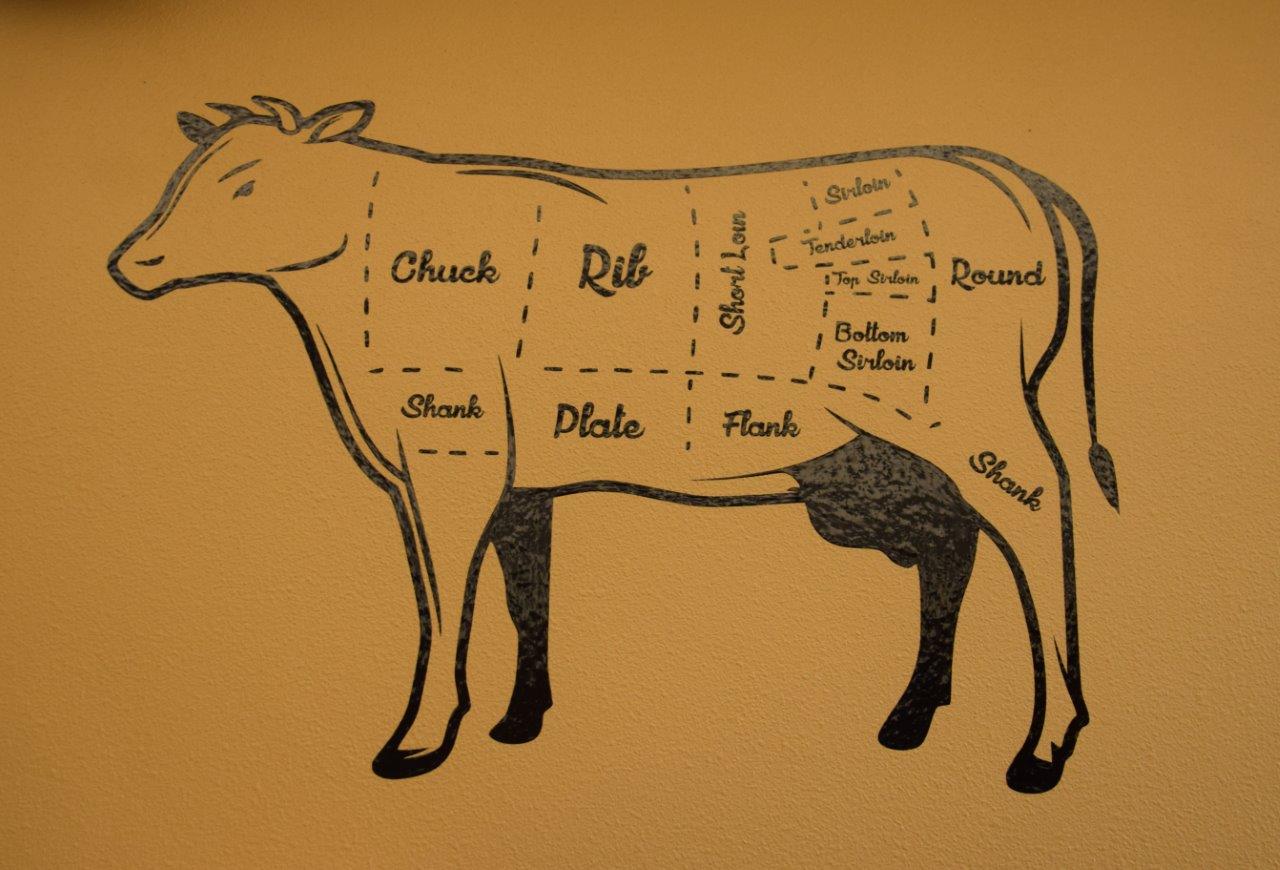The restaurant industry has never been more diverse and dynamic, and chefs today work in an industry perhaps more creative and chef-driven than ever before. While formal training used to be obtained only by those working at the fine dining spectrum of the industry, more are graduating from a culinary arts program and defining their careers for themselves.
On a recent trip to Albany, Oregon, I was among a small group of writers who had the opportunity to tour the Culinary Arts program at Linn-Benton Community College (LBCC). Albany is a vibrant town of 52,000 that’s in the heart of the Mid-Willamette Valley. Have a look at how this culinary arts program is training tomorrow’s chefs.
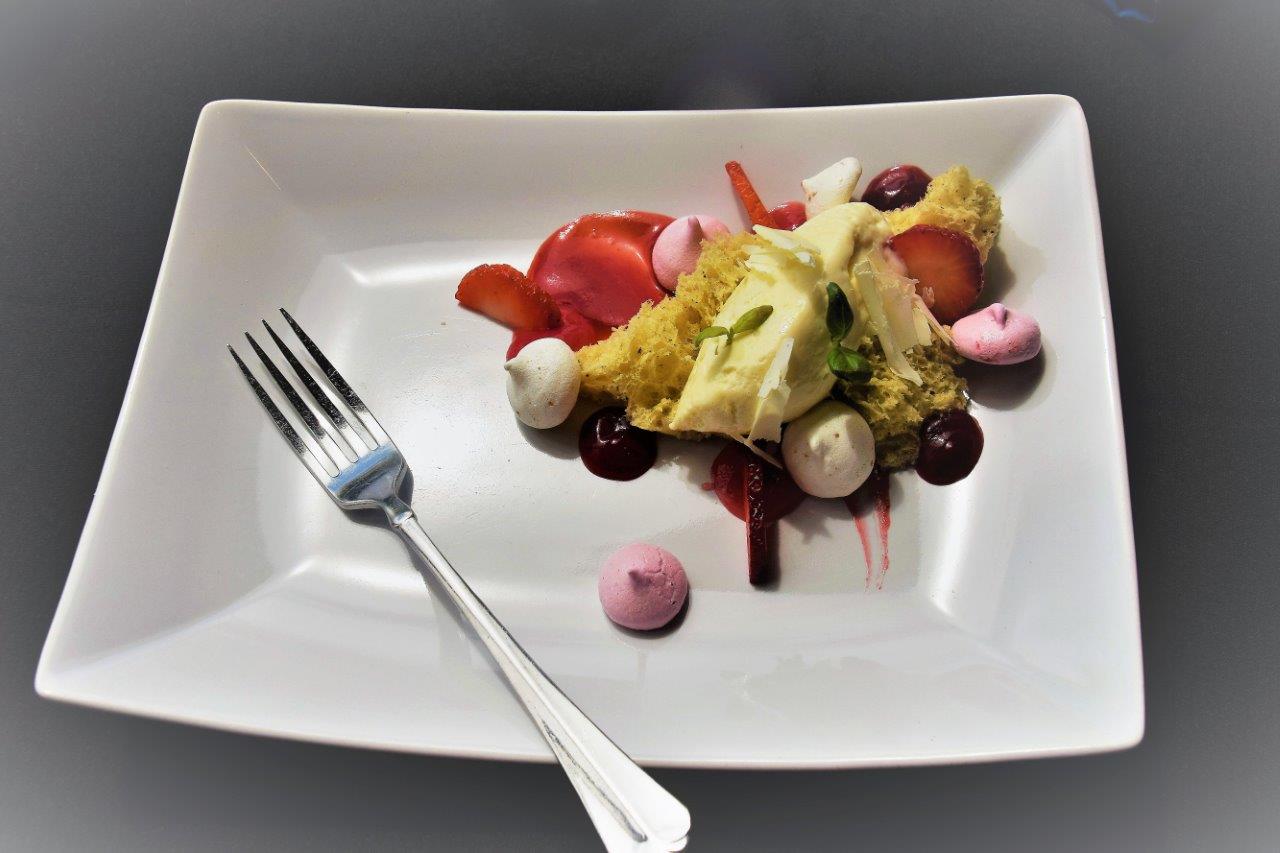
Dessert at the Santiam Restaurant: Hazelnut spongecake with strawberry-rhubarb gel, strawberry puree, white chocolate and lemon mousse. Bonus: strawberry-rhubarb and hazelnut meringues.
The Culinary Program at Linn-Benton Community College
The two-year program at LBCC leads to an Associate of Applied Science degree in Culinary Arts. Students can take that degree and get to work right away in restaurant kitchens or continue on to Oregon State University or another program to receive a Bachelor of Science degree.
“One of our graduates from this year’s class landed a job at…a three-star Michelin restaurant. We are so happy for him.” -Dept. Chair Chef Todd Ketterman.
The program at LBCC was established in 1969. Department Chair and Faculty Member Todd Ketterman has been with the program since 2009. Ketterman is proud of the school’s facility and how the program prepares student for a career in the culinary industry. The program is a vocational program, so job placement plays a big role in the curriculum.
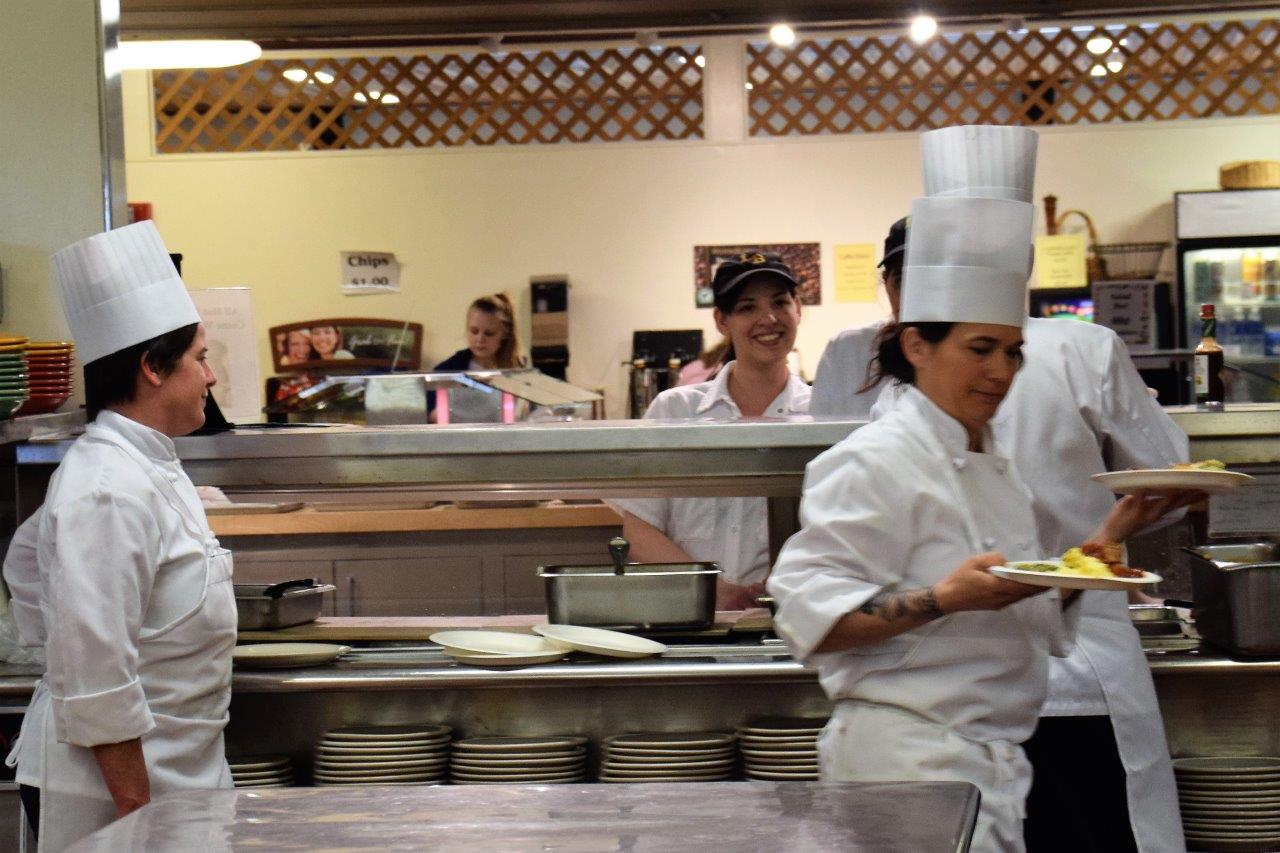
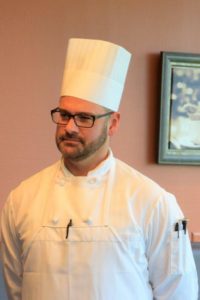
Department Chair Chef Todd Ketterman.
Some private culinary programs have come under fire for the value they offer students. Not to say there aren’t excellent private programs, but community colleges can offer a great value for the education. This may be especially true in an industry where chefs still work their way up through the ranks in kitchens and where chefs are more and more often defining their own careers with catering, pop-up dinners and food carts.
One of the program’s success stories is also the most recent. Ketterman told me, “One of our graduates from this year’s class landed a job at one of the top restaurants in the world. It is a three-star Michelin restaurant in Chicago called Alinea. He leaves for Chicago next week. We are so very happy for him.” (Another program alum is Chef Cody Utzman.)
“There are several ways to come into the program.” Ketterman says. “It’s very intimate and personalized.”
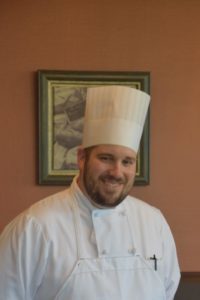
Faculty Member Chef Josh Green.
In a typical year, there are about 20 first-year students and 12 to 14 second-year students. They also enroll between 10 to 12 transfer students from Oregon State University (OSU).
Ketterman says, “Our Oregon State University (OSU) transfer students spend the first year of the culinary program with us as part of the Nutrition and Food Service Systems degree. They typically spend their sophomore or junior year of OSU with us. The degree can be obtained as an OSU student, or can also be started as a LBCC student. We have an articulation agreement in place that allows a student to register as an LBCC student and transfer to OSU after completing the second year Nutrition degree at LBCC.”
“We also work with local high schools. High school students don’t enroll in our program until after they graduate. But we offer job shadow visits for prospective students in which they can spend a day in our program working alongside the culinary students. I do currently articulate with 12 high schools in which students can earn college credit that transfers directly into our program.”
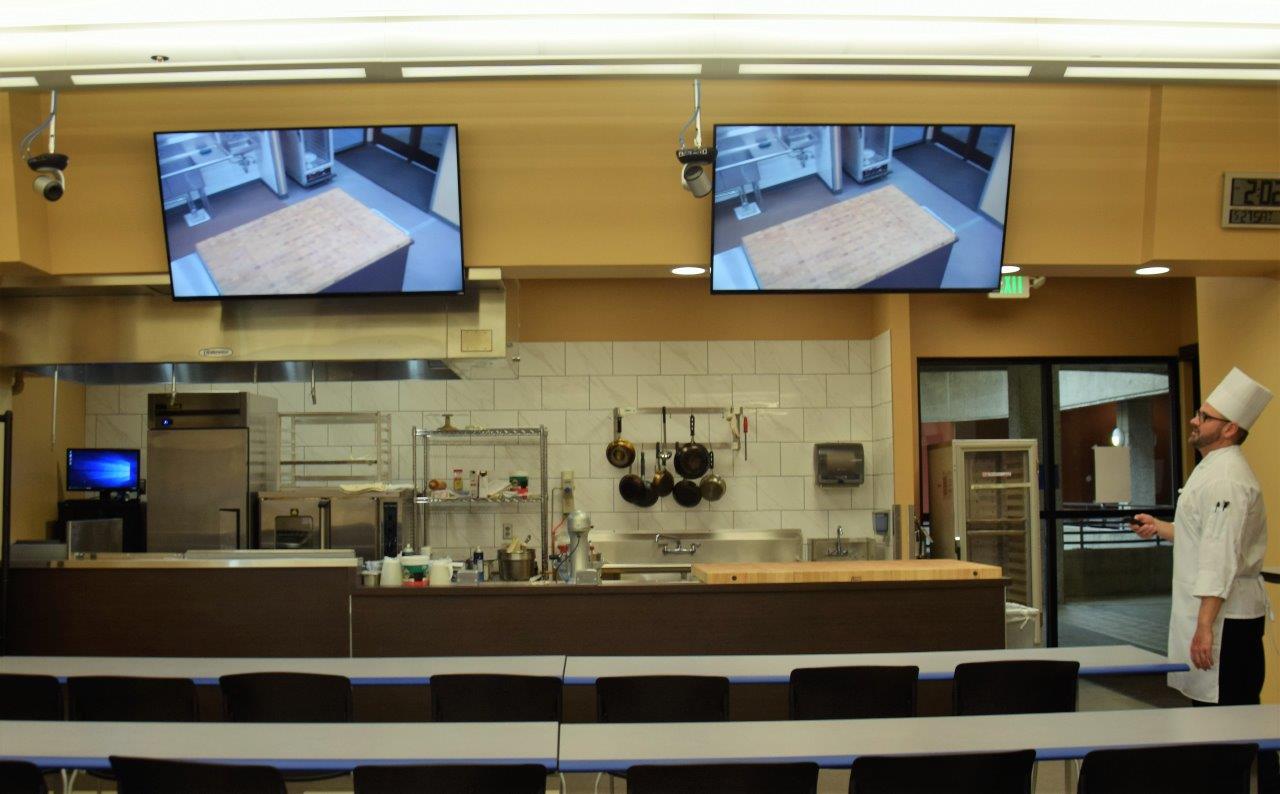
It’s Not Just About Knife Skills
“It’s important students have diverse skills in this field. Students learn to how make the perfect hollandaise sauce, yes, but they also learn presentation, how to be professional, how to dress. They dress in white coats and chef hats here and we expect these to be white and clean.”
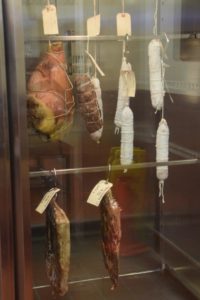 Faculty Members Chef Josh Green and Pastry Chef Getchen Manning are two of the instructors on the team. They believe the program gives students well-rounded and realistic knowledge and experience about the culinary field their students are eager to enter.
Faculty Members Chef Josh Green and Pastry Chef Getchen Manning are two of the instructors on the team. They believe the program gives students well-rounded and realistic knowledge and experience about the culinary field their students are eager to enter.
It’s all here—rotations in cooking techniques, “hot kitchen,” bakery and more. The recent purchase of a $25K curing chamber allow students to learn charcuterie. The installation of classroom video cameras and flat-screen panels allow students to see (and be tested on) cooking techniques up close.
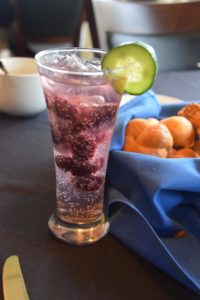 As part of the curriculum, they also offer a wine and craft beer and cider program. The school understood this to be especially important in Oregon, where beverages are such a big part of the restaurant industry. Ketterman was happy to point out that it was the school president who initially asked him to explore adding this component.
As part of the curriculum, they also offer a wine and craft beer and cider program. The school understood this to be especially important in Oregon, where beverages are such a big part of the restaurant industry. Ketterman was happy to point out that it was the school president who initially asked him to explore adding this component.
Faculty provides opportunities throughout the program. Second-year students serve as mentors for first-year students. The program prepares student for competitions, since they’ve become a big part of the industry. “Black box” tests, in which students are provided with surprise ingredients and an assignment, provide practical experience for what is sometimes part of the job interview process. Each term, students plan and execute an eight-course fundraising banquet. They take care of the entire event—the menu, marketing, purchasing, prep and serving. Themes are different each time; they may be farm-to-table, French, Italian, or anything else.
Santiam Restaurant
Grilled Anderson Ranch Lamb Rack with Chimichurri. Seared pork belly ramen with Tonkotsu Pork Broth. Seared Scarlet Scallops with Citrus Buerre Blanc. Roasted Vegetable Tart with Toasted Hazelnuts and Briar Rose Chévre. Or perhaps you’d prefer a Korean-style Skirt Steak? Each of these tempting entrees appeared on the menu at Santiam Restaurant, the on-site fine dining restaurant run by the program.
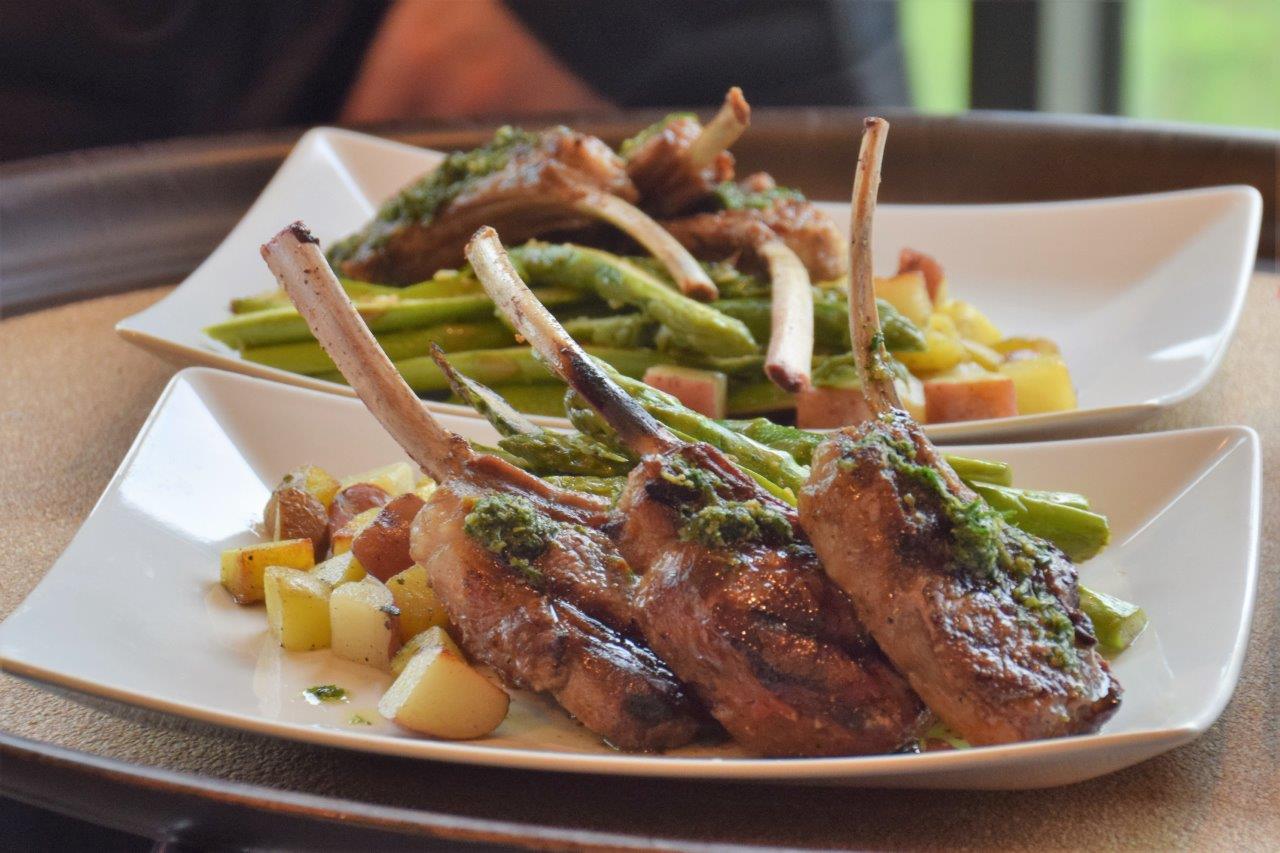
The restaurant is another important part of LBCC’s program. Students experience all aspects of running a restaurant first-hand. The Santiam has a fine dining bistro ambiance and offers incredible meals to the public at a fraction of what their counterparts in the private sector charge. (Appetizers are priced at no more than $3.25 and entrees are under $10.00.)
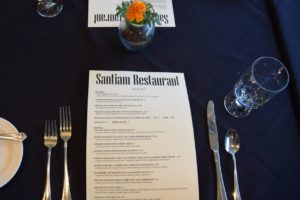 First-year students do rotations as servers. They learn the fine points of formal dinner service, table settings, linens and room décor.
First-year students do rotations as servers. They learn the fine points of formal dinner service, table settings, linens and room décor.
Second-year students rotate at the restaurant to take on responsibilities as Front of House Manager, as well as kitchen duties if running the Pantry, the Grill, as Saucier Chef, Desserts Chef—and more, including Sous Chef. Marketing and business is a big part of the program’s second year curriculum as well.
What Students Have to Say
Talking with students, they’ve each given thought to what direction they want their careers to take. Alexis participated in the high school program and her enjoyment of that prompted her to enter the LBCC program after graduation. Her goal is to run a breakfast and pastry café. Ami is an OSU transfer student, who concentrating on culinary arts and business with aim of opening a history-themed restaurant. Nicole is also an OSU transfer students; she’ll complete her degree in Dietetics at OSU and is interested in institutional menu development.
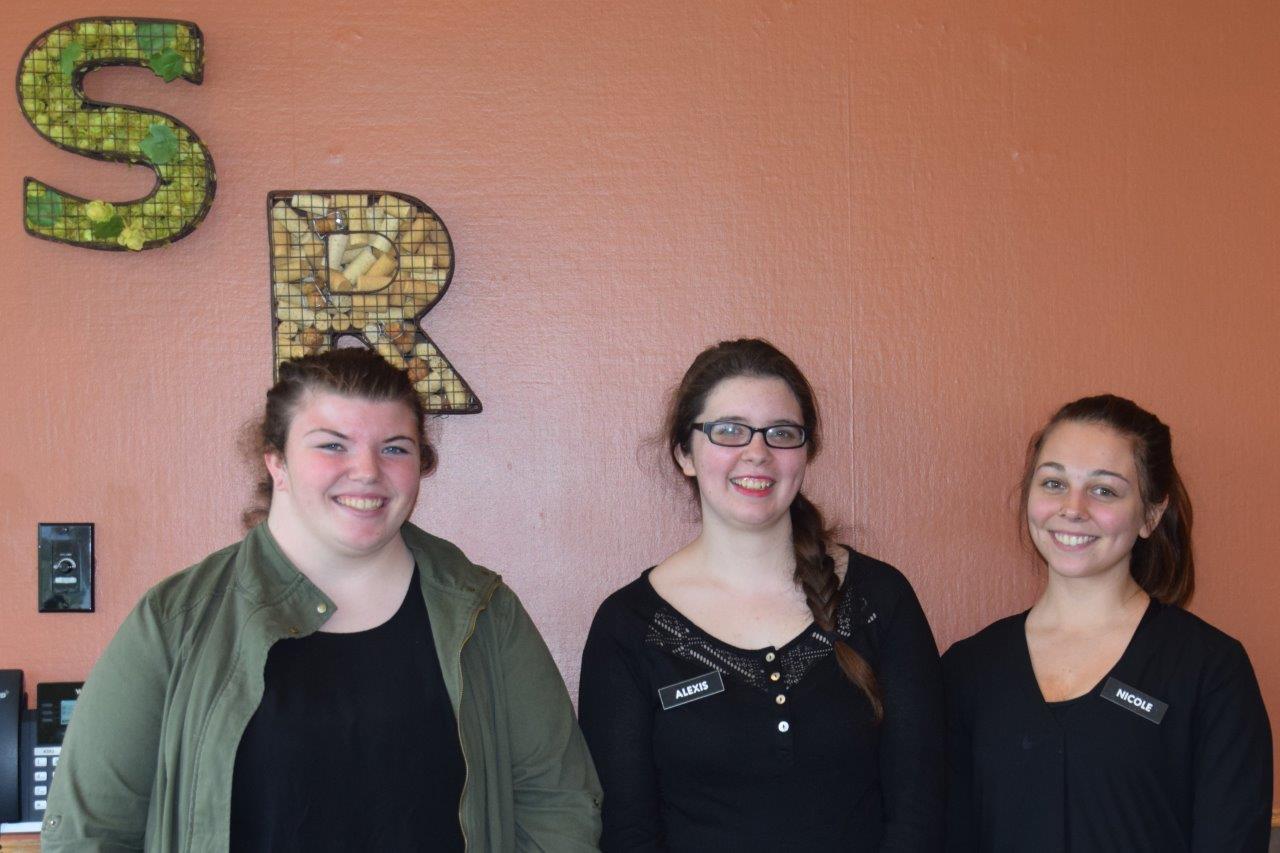
Chatting with students at Santiam Restaurant gave us the chance to hear about their future plans and what they think of the training they’re receiving.
A Culinary Arts Program for Today’s Industry
How have culinary programs changed over the years? Ketterman believes, “Most schools have gone from just strictly classical French cuisine to a much more modern mix of what is current and classical. The challenge and exciting part for us is to stay current with the industry so we can best prepare our students when they graduate.
“The future of our program and many others is being able to offer our students the best education that prepares them for an ever changing industry. For us, networking with industry professionals and staying current with trends ensures our curriculum of current and relevant.”
Next time you’re out enjoying a great meal, take a few moments time from enjoying conversation and the food in front of you to really notice what’s going on in and out of the kitchen. And if you can make a trip to Albany, Oregon, do stop for lunch at Santiam Restaurant.
Bon appétit!
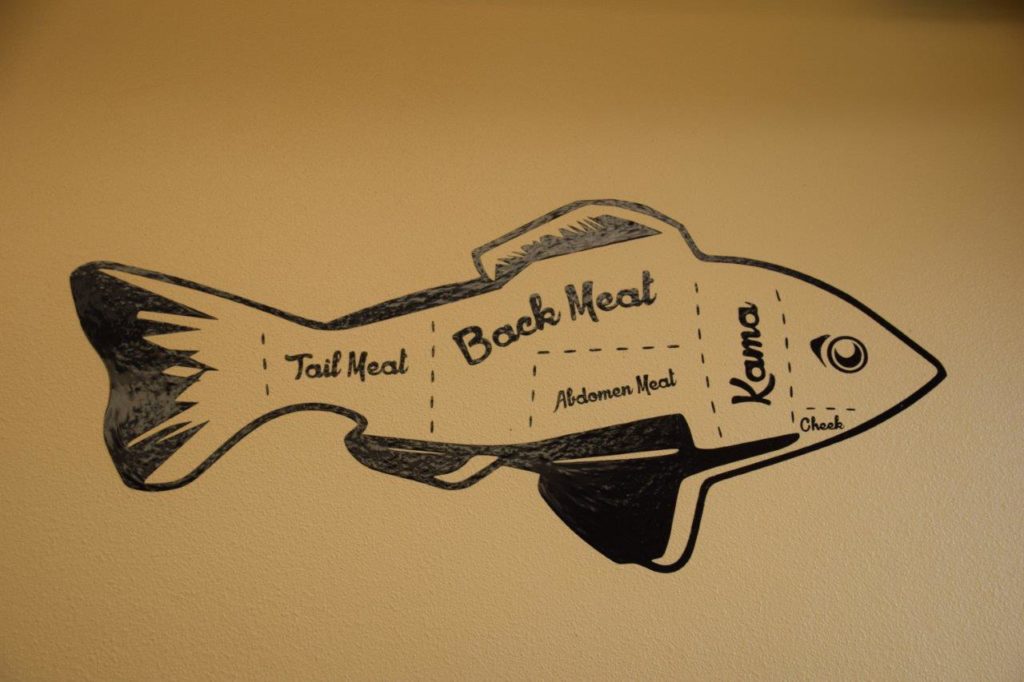
For More:
- Linn-Benton Community College’s Culinary Arts Program, www.linnbenton.edu/culinary-arts
- Santiam Restaurant, www.linnbenton.edu/dining-on-campus/santiam-restaurant
- Visit Albany, albanyvisitors.com
- American Culinary Foundation, www.acfchefs.org/
- Try a new recipe, courtesy of Chef Todd Ketterman, Department Chair at LBCC’s Culinary program.
-Photos by Nancy Zaffaro.

